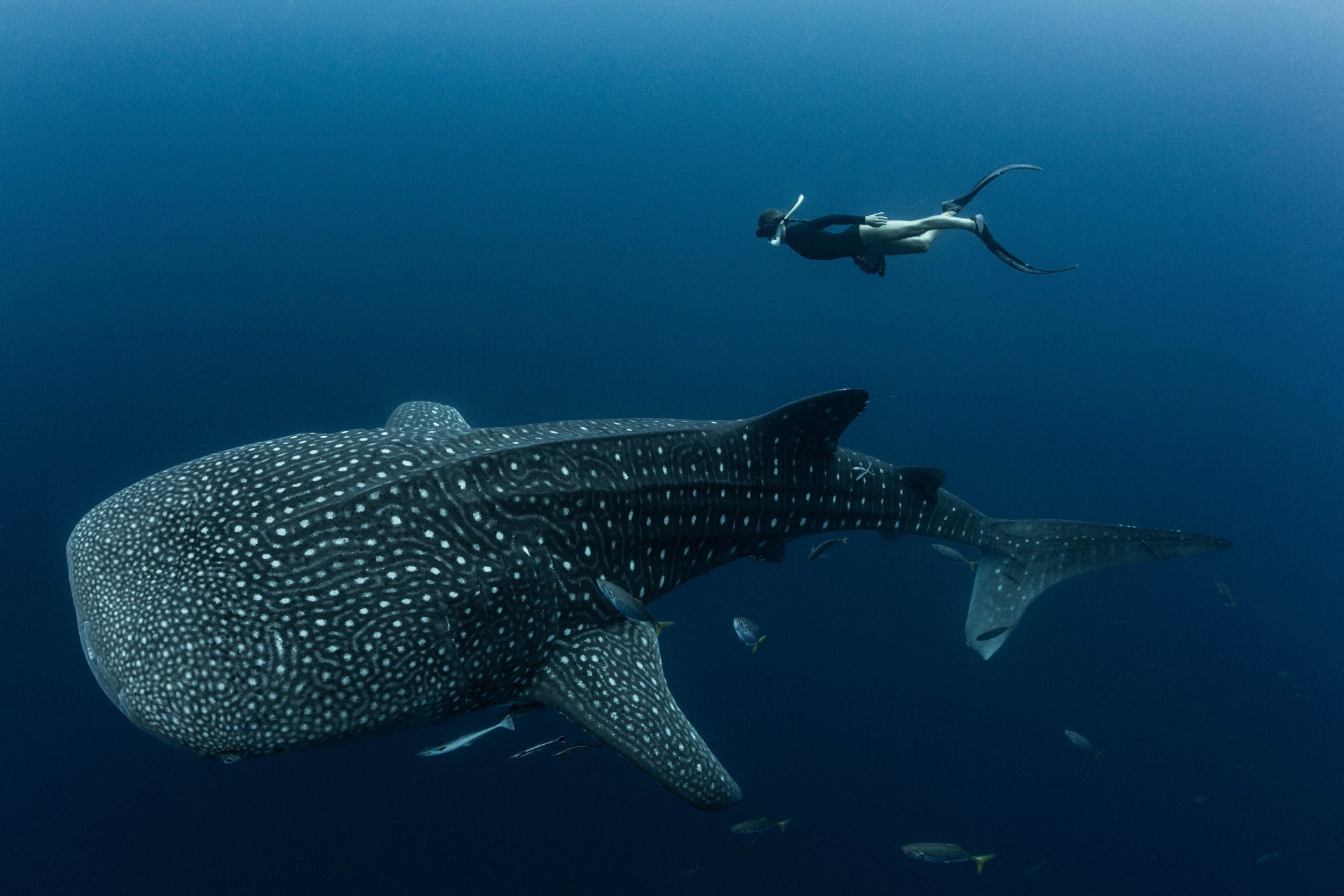UPDATE: A groundbreaking study reveals that over 80% of whale sharks at the Bird’s Head Seascape in Indonesia bear scars from human activity. This alarming finding underscores the urgent need for immediate action to protect these majestic creatures.
Marine scientists analyzed more than a decade’s worth of whale shark sightings from 2010 to 2023, uncovering that out of 268 unique whale sharks identified, a staggering 200 displayed visible injuries. The research highlights that many of these injuries are preventable, prompting calls for stricter regulations in fishing and marine tourism.
Edy Setyawan, lead conservation scientist at the Elasmobranch Institute Indonesia, stated, “
Even in protected zones, whale shark interactions with fishing gear and tourism still pose risks to them.
” This study, published in Frontiers in Marine Science, reveals the critical state of whale sharks, which are classified as an endangered species.
The findings indicate that approximately 80% of the injured sharks sustained wounds from human-related activities, primarily collisions with boats and fishing platforms known as bagans. Despite the concerning statistics, severe injuries such as amputations were relatively rare, occurring in 17.7% of cases.
Whale sharks, the world’s largest fish, can reach lengths of up to 40 feet (12 meters) and typically weigh around 18 tons. They pose no threat to humans, feeding primarily on plankton and small marine organisms. However, their populations have faced dramatic declines due to threats like hunting, climate change, and incidental capture in fishing gear.
The Bird’s Head Seascape is renowned for its biodiversity, housing three-quarters of the world’s coral species. Despite being protected by a network of 26 Marine Protected Areas, the ongoing interactions with human activities continue to jeopardize the safety of these gentle giants.
Researchers emphasize that simple yet effective measures can substantially reduce whale shark injuries. They advocate for stricter regulations requiring bagan fishers to smooth sharp edges on their platforms, alongside tourism initiatives to limit boat traffic and enforce slow-speed zones.
The urgency of this matter cannot be overstated. As whale shark tourism grows in popularity, the risk of injuries to these animals increases. However, the researchers believe that with responsible practices, the negative impact on whale sharks can be minimized.
In a hopeful twist, the study also points out that many of the sharks observed were young juvenile males, indicating that the area functions as a crucial nursery habitat for the species. Future plans include tracking annual population trends via satellite tags to better understand their migratory habits.
This urgent call to action highlights the pressing need for a collective effort to safeguard the future of whale sharks. Immediate measures can ensure that future generations will continue to marvel at these incredible creatures in their natural habitat.
Stay tuned for ongoing updates as researchers continue to monitor the welfare of whale sharks and implement conservation strategies to protect them.






































































